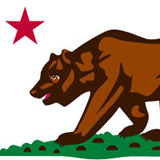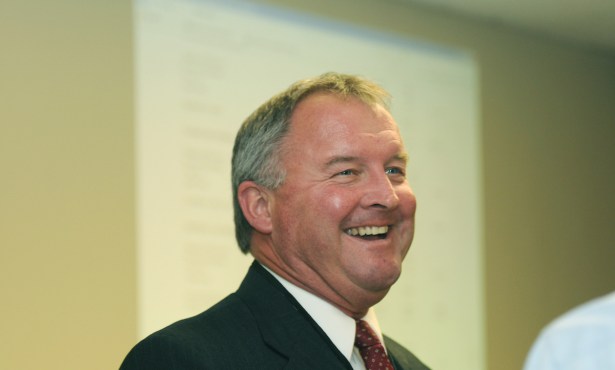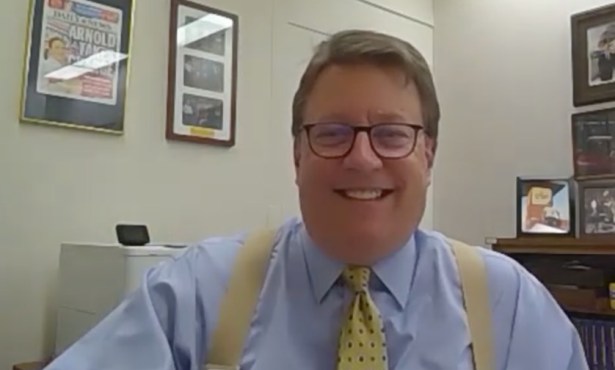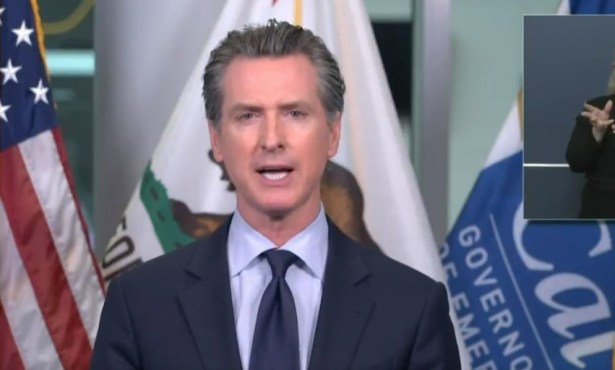Honest Abe, Political Consultant
A California Post-Election Confab Finds There's Nothing New Under the Sun
Veteran campaign consultant Ray McNally, in contrast to many colleagues, modestly declines to portray himself as a brilliant genius of breathtaking political strategy.
One of Sacramento’s more venerable and consistently successful political pros, McNally, in fact, traces back his trade more than a century-and-a-half, crediting the tools and techniques of the modern campaign craft to a backroom consultant for the Whigs.
“It’s easy to get swept away by the latest campaign fad,” said McNally. “But Abe Lincoln reminded us that campaigns are more sweat than strategy, and that organization is key.”

McNally was a featured speaker at a UC Berkeley weekend conference on the just-completed governor’s race, an event that every four years attracts hundreds of California’s most hardcore political junkies — an eclectic collection of insiders and operatives, media hacks and campaign flacks, polltakers, and political science chrome-domes that descends on Cal’s Institute of Governmental Studies to hear consultants and managers of the winners and losers recount, debate, dissect, and debate the key events and decisions of the contest.
The strategist for Republican Tom Campbell, who jumped from the 2010 governor’s race to a failed bid for the GOP’s U.S. Senate nomination, McNally provided some refreshing and insightful historical perspective to the discussion, which otherwise often focused on TV-ad rating points, opinion-survey methodologies, and finer points of social media messaging.
On a panel called Politics 2.0: How Campaigns Are Changing, he presented documentary evidence to show that, when all is said and done, they’re really not. In a letter written in January 1840 by then-frontier lawyer Abraham Lincoln, he outlines to fellow Whig Party members a game plan to capture the electoral votes of Illinois for the ultimately successful campaign of William Henry Harrison:
“Our intention,” Lincoln wrote, “is to organize the whole State, so that every Whig can be brought to the polls in the coming Presidential contest. We cannot do this, however, without your co-operation; and as we do our duty, so we shall expect you to do yours. After due deliberation, the following is the plan of organization, and the duties required of each county committee …”
‘It’s easy to get swept away by the latest campaign fad. But Abe Lincoln reminded us that campaigns are more sweat than strategy, and that organization is key.’ — Ray McNally, campaign consultant
In his “confidential” 10-point program (“Our plan of operations will of course be concealed from every one except our good friends who of right ought to know them”), Abe set forth a series of tactics that basically have shaped every campaign manager’s thinking since.
First, he provided party operatives a plan for detailed polling:
“To divide their county into small districts, and to appoint in each a subcommittee, whose duty it shall be to make a perfect list of all the voters in their respective districts, and to ascertain with certainty for whom they will vote. If they meet with men who are doubtful as to the man they will support, such voters should be designated in separate lines, with the name of the man they will probably support.”
Next up, a preelection round of what consultants now call “voter persuasion techniques,” which these days are known as precinct walking and direct-mail appeals:
“It will be the duty of said subcommittee to keep a constant watch on the doubtful voters, and from time to time have them talked to by those in whom they have the most confidence, and also to place in their hands such documents as will enlighten and influence them.”
Just like today, Lincoln wanted the campaign to stay on-message, not to mention to conduct a robust fundraising effort:
“Inclosed [as he wrote] is a prospectus for a newspaper to be continued until after the Presidential election. It will be superintended by ourselves, and every Whig in the State must take it. It will be published so low that every one can afford it. You must raise a fund and forward us for extra copies … every county ought to send … fifty or one hundred dollars …”
A final piece of campaign strategy was an energetic get-out-the-vote push:
“It will also be [the local organizers’] duty to report to you, at least once a month, the progress they are making, and on election days see that every Whig is brought to the polls.”
McNally’s conclusion: “Certainly tweets, twitters, and other new media can play an important role in today’s campaigns. But Abe … laid out a winning plan 170 years ago that’s just as applicable today,” he said. “About the only thing he didn’t recommend was a Facebook Fan Page — otherwise, his plan had it all. At the end of the day, it’s all about finding the Whigs and getting them to the polls.”



